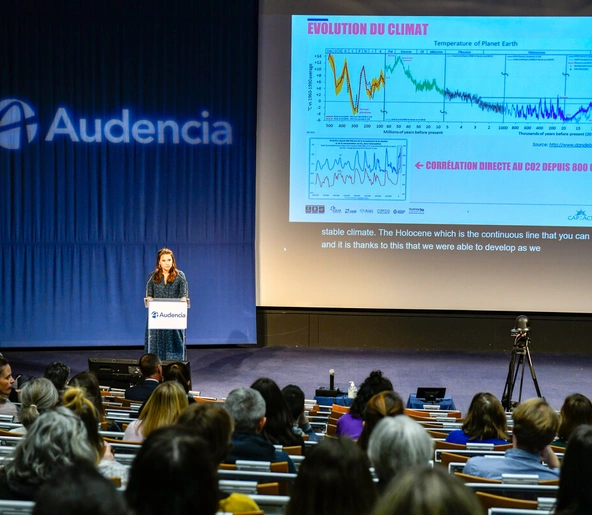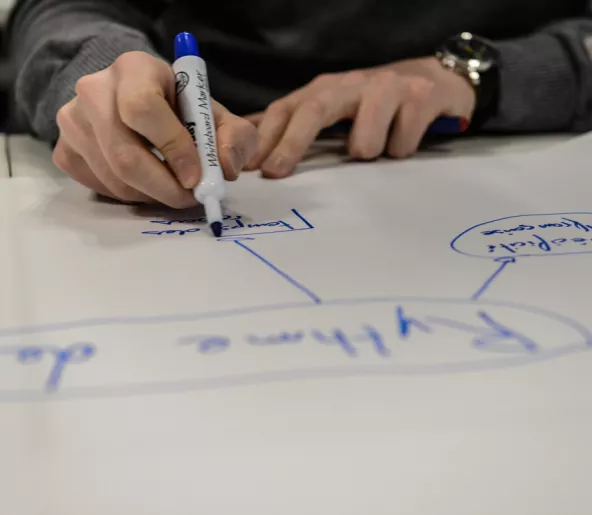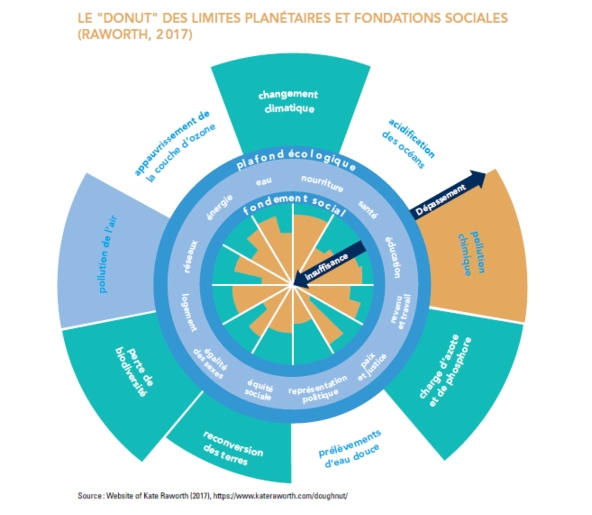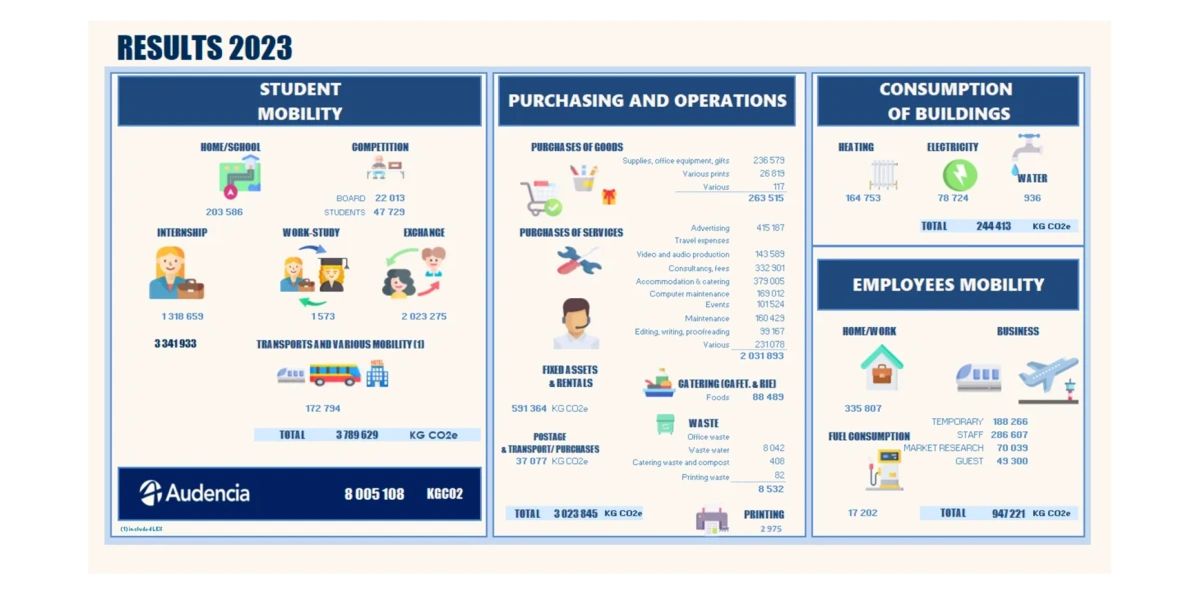The Low Carbon Strategy has been developed using the results of the "Climate Change" component of Audencia's Multicapital Accounting (LIFTS® methodology), whose methodology aims to implement on a corporate scale the vision of the "donut theory" developed by Kate Raworth. The Donut Theory proposes an economy that is "just and safe for humanity," which is what people need to meet the great challenges they face. As such, it provides a compass for the economy to enable human needs to be met within the limits of what the planet can provide.
For the carbon component, the multi-capital methodology involved attaching carbon impacts to each accounting entry, allowing the analysis of the school's greenhouse gas (GHG) emissions to be refined to ensure that the action cursor is placed in the right place.



